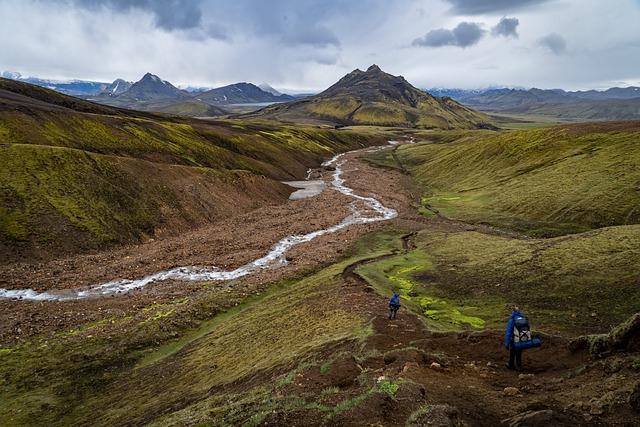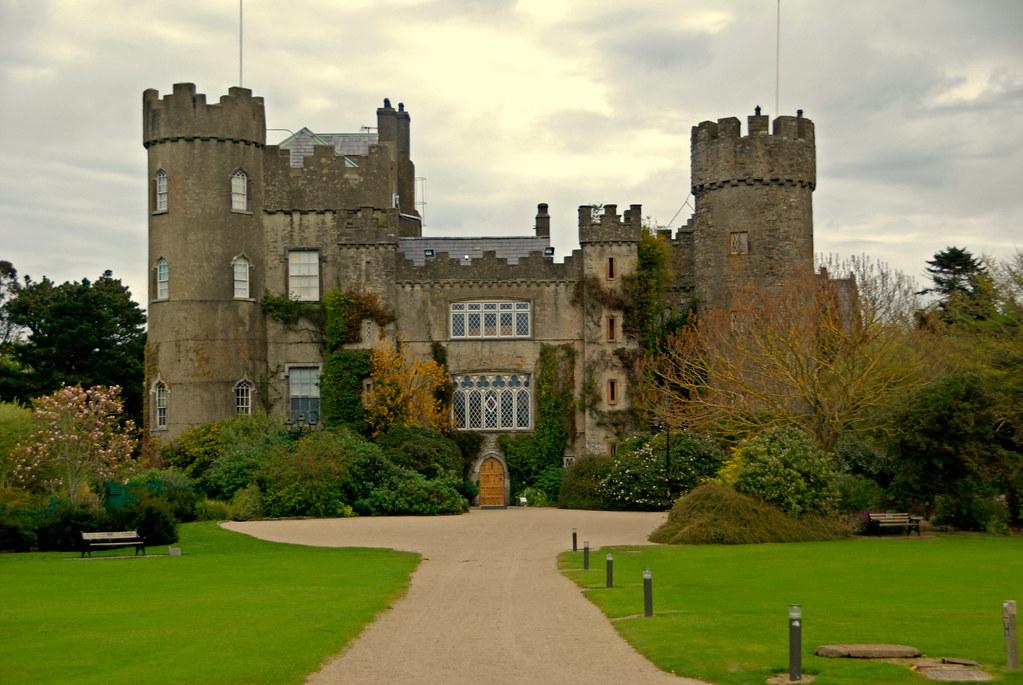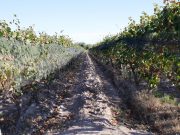In the heart of nature’s grandeur, where towering trees whisper secrets to the wind and rivers carve poetry into ancient stones, a modern debate stirs beneath the canopy. The discussion surrounding entrance fees for public lands is as complex and layered as the ecosystems these fees aim to protect. Advocates argue that such fees are vital for maintaining trails, preserving habitats, and ensuring the longevity of these cherished spaces. Opponents, however, raise concerns about accessibility and the very ethos of public lands being open to all. As we delve into this multifaceted issue, we navigate the delicate balance between conservation and accessibility, seeking to understand how best to honor the wild wonders that belong to everyone.
Balancing Access and Revenue in Public Lands
In the ongoing discourse surrounding entrance fees for public lands, the challenge lies in striking a harmonious balance between ensuring widespread access and generating necessary revenue. On one hand, entrance fees are crucial for maintaining infrastructure, funding conservation efforts, and providing educational programs. On the other, they can inadvertently create barriers for individuals and families, particularly those from lower-income backgrounds, who wish to experience the natural beauty and recreational opportunities that these lands offer.
- Accessibility: Reducing or eliminating fees can democratize access, allowing more people to enjoy public lands.
- Revenue Generation: Fees are often reinvested into the parks for upkeep and improvement, ensuring they remain pristine and enjoyable.
- Alternative Funding: Some suggest exploring options like government subsidies or private partnerships to maintain facilities without high entrance costs.
As discussions continue, it is essential to consider diverse perspectives, ensuring that public lands remain both financially sustainable and accessible to all. Balancing these priorities requires innovative solutions and open dialogue among stakeholders.

Economic Impacts of Entrance Fees on Local Communities
The implementation of entrance fees for public lands can have a profound impact on the economic fabric of local communities. On one hand, these fees can generate much-needed revenue, which can be reinvested into the maintenance and enhancement of these areas, ensuring a sustainable influx of tourists. This can lead to a boom in local businesses, including:
- Restaurants and cafes benefiting from increased foot traffic.
- Local shops experiencing a surge in sales from visiting tourists.
- Hotels and accommodations enjoying higher occupancy rates.
Conversely, entrance fees might also pose challenges. Higher costs could deter some visitors, impacting the local economy negatively. Communities that heavily rely on tourism might see a decrease in overall visitor numbers, which can affect employment rates and the viability of local enterprises. Balancing these economic impacts is crucial, as entrance fees need to be set at a level that supports both conservation efforts and the economic vitality of nearby towns and villages.

Environmental Conservation: Funding Through Fees
In the quest for sustainable management of our natural treasures, the notion of financing through entrance fees presents both opportunities and challenges. Entrance fees serve as a critical revenue stream, directly funneled into conservation projects, trail maintenance, and infrastructure improvements. This self-sustaining model ensures that those who benefit most from public lands contribute to their upkeep, creating a cycle of care and preservation. On the flip side, critics argue that fees can create barriers, limiting access to low-income individuals and families who might otherwise seek solace and recreation in nature.
Proponents of entrance fees highlight several benefits:
- Enhanced Conservation Efforts: Funds are directly reinvested into maintaining the ecological health of the area.
- Improved Visitor Experience: Better facilities and more engaging educational programs can be offered.
- Economic Boost: Local communities can see economic benefits from increased tourism driven by well-maintained sites.
However, opponents raise valid concerns:
- Accessibility Issues: Financial barriers can deter underprivileged groups from accessing public lands.
- Equity Concerns: Some argue that natural beauty should be free for all, funded by broader governmental support.
- Administrative Challenges: The cost of fee collection and enforcement can sometimes outweigh the benefits.
Striking a balance between these viewpoints requires thoughtful consideration and innovative approaches to ensure that public lands remain both accessible and well-preserved for future generations.

Ensuring Equity: Strategies for Inclusive Access to Nature
In the conversation about equitable access to public lands, the implementation of entrance fees remains a contentious topic. While these fees can be essential for maintaining and preserving natural spaces, they often pose a barrier for individuals and families from lower-income backgrounds. To address this, several strategies can be employed to ensure that everyone can enjoy nature’s wonders without financial strain.
One approach is the introduction of tiered pricing systems, which offer reduced rates for certain groups, such as students, seniors, or residents of nearby communities. Additionally, fee-free days can be scheduled throughout the year, allowing unrestricted access to all visitors. Another strategy involves the creation of community passes distributed through local organizations, ensuring that even the most underserved populations can partake in the splendor of public lands. Lastly, partnerships with corporate sponsors could help offset the costs, providing financial support in exchange for promotional opportunities.
Insights and Conclusions
As the sun sets over the vast expanses of our cherished public lands, the debate over entrance fees continues to cast long shadows, prompting reflection and dialogue. These lands, with their majestic peaks and serene valleys, are more than just places of natural beauty—they are symbols of shared heritage and collective responsibility. The discussion surrounding entrance fees is not merely a question of economics, but a deeper exploration of values, accessibility, and sustainability.
As stakeholders from all walks of life engage in this conversation, it is crucial to find a balance that honors both the preservation of these natural treasures and the principle of equitable access. Whether through innovative funding solutions or collaborative stewardship, the path forward requires empathy, creativity, and a commitment to the common good.
the future of our public lands hinges not just on policy decisions, but on our shared vision of what it means to be stewards of the earth. As we continue this journey, may we remain mindful of the delicate harmony between nature and humanity, ensuring that these lands remain open and vibrant for generations to come.

































